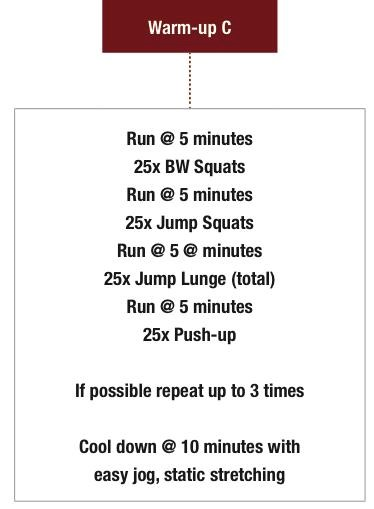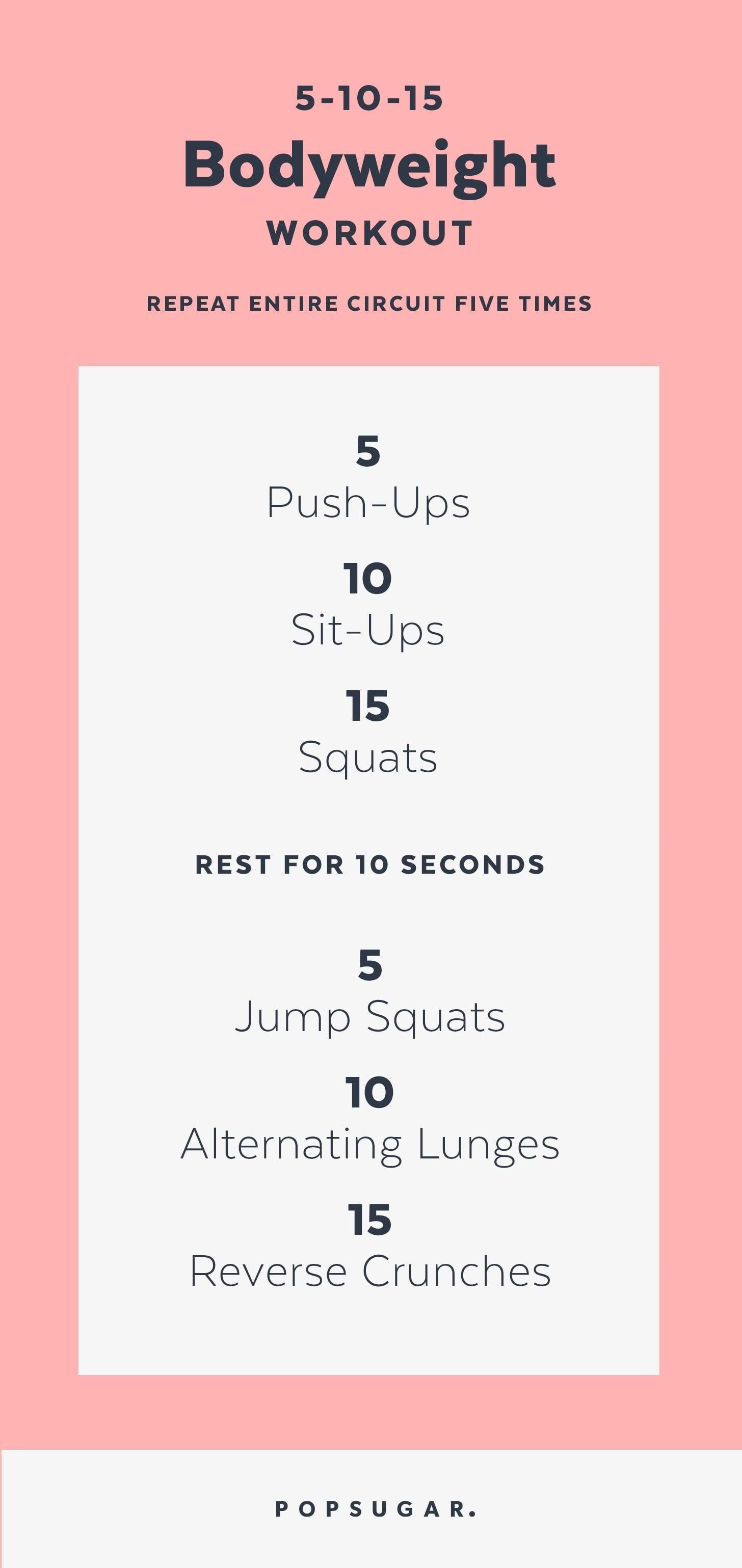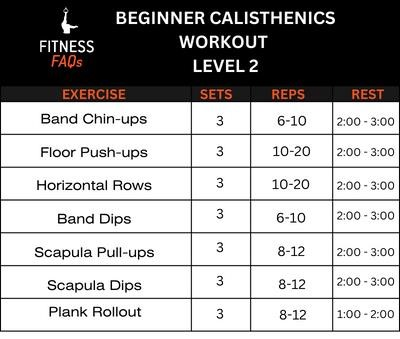Calisthenics Workout PDFs⁚ A Comprehensive Guide
Discover a wealth of calisthenics workout PDFs catering to all fitness levels, from beginner routines focusing on fundamental bodyweight exercises to advanced programs incorporating challenging movements and progressive overload techniques. These PDFs offer structured workout plans, including full-body routines and split schedules, with variations for training frequency and intensity. Find the perfect plan to build strength, improve balance, and achieve your fitness goals.
Finding the Right PDF for Your Level
Selecting the appropriate calisthenics workout PDF hinges on accurately assessing your current fitness level. Beginner PDFs typically introduce fundamental exercises like squats, push-ups, and planks, gradually increasing repetitions and sets. These plans prioritize proper form and building a foundational level of strength and endurance before progressing to more challenging movements. Intermediate PDFs incorporate more complex exercises, potentially including variations of push-ups, pull-ups, dips, and lunges, along with increased intensity through higher repetitions, sets, or added resistance. Advanced PDFs often feature challenging calisthenics movements like handstand push-ups, muscle-ups, and advanced variations of bodyweight exercises, demanding significant strength, balance, and coordination. Carefully review the descriptions and exercise lists within each PDF to ensure it aligns with your capabilities and goals. Starting with a program that’s too advanced can lead to injury, while a program too easy may hinder progress. Choose wisely to maximize your results and enjoy a safe and effective workout.
Beginner Calisthenics Workout Plans
Numerous beginner calisthenics workout PDFs are available online, designed to introduce foundational exercises and build a solid base of strength and endurance. These plans typically focus on fundamental movements like squats, push-ups (against a wall or on knees if needed), planks, lunges, and basic abdominal exercises. They often incorporate a full-body approach, working all major muscle groups in each session. Rep ranges are generally lower (8-12 repetitions) to emphasize proper form and prevent injury. Rest periods between sets are usually longer to allow for recovery. The overall workout duration is shorter, typically 30-45 minutes, to avoid overexertion. Many beginner PDFs include detailed instructions and diagrams for each exercise, making them accessible to individuals with little to no prior experience. Progressive overload is gradually introduced by increasing repetitions, sets, or the difficulty of exercises as fitness improves. Remember to listen to your body and adjust the program as needed. Consistency is key to seeing results; aim for 2-3 workouts per week.
Intermediate Calisthenics Workout Programs
Intermediate calisthenics workout PDFs build upon the foundational strength and endurance developed in beginner programs. These plans introduce more challenging variations of exercises and incorporate advanced movements. Expect to see variations like incline push-ups progressing to decline push-ups, standard squats transitioning to pistol squats (potentially assisted initially), and more complex abdominal exercises like leg raises or Russian twists. Workout structures might include circuits combining multiple exercises with minimal rest, or split routines focusing on different muscle groups on separate days. Repetition ranges may increase (10-15 repetitions or more), and sets can be added. Rest periods might be slightly shorter to increase intensity. The workout duration may extend to 45-60 minutes, depending on the program’s structure and intensity. Intermediate PDFs often include modifications for scaling exercises up or down to match individual fitness levels. Progressive overload continues to be a key component, with steady increases in volume (sets and reps) and intensity (difficulty of exercises) over time. Remember to prioritize proper form to avoid injury and maximize results.
Advanced Calisthenics Workout Routines
Advanced calisthenics workout PDFs are designed for individuals with a strong foundation in bodyweight training; These routines incorporate highly challenging exercises and advanced progressions. Expect to find variations like handstand push-ups, muscle-ups, planche leans, and advanced variations of squats and lunges. The focus shifts towards mastering complex movements and developing exceptional strength and control. Workout structures often involve high-intensity interval training (HIIT) or advanced circuit training with minimal rest periods. Repetition ranges might be lower (6-12 reps), but sets increase to build significant strength. Advanced PDFs may incorporate plyometrics (explosive movements) to enhance power and coordination. Progressive overload is crucial, with a focus on gradual increases in difficulty through variations, increased volume, or implementing advanced training techniques like drop sets or supersets. These advanced routines often demand a high level of fitness, strength, and body awareness. Prior experience with intermediate calisthenics programs is highly recommended before attempting advanced routines, and proper form is paramount to avoid injury. Regular assessment of fitness levels is essential to ensure continued progress and safety.

Workout Structure and Frequency
Calisthenics workout PDFs offer various structures⁚ full-body workouts targeting all muscle groups in each session, or split routines focusing on specific muscle groups on different days. Frequency options range from 3-day to 6-day schedules, allowing for flexibility based on individual needs and recovery capabilities. Workout duration and intensity are adaptable to individual fitness levels.
Full Body Workouts vs. Split Routines
Calisthenics workout PDFs frequently present two primary workout structures⁚ full-body routines and split routines. Full-body workouts, as the name suggests, engage all major muscle groups within a single training session. This approach is often favored by beginners due to its simplicity and efficiency, requiring fewer training days per week while still providing a comprehensive workout. A sample full-body routine might include exercises like squats, push-ups, rows, and planks, ensuring balanced muscular development. However, the intensity of each exercise may need to be adjusted to avoid overtraining.
Conversely, split routines divide the workout across multiple days, focusing on specific muscle groups during each session. A common split might dedicate one day to upper body (chest, back, shoulders, arms), another to lower body (legs, glutes), and possibly a third day for core work. This approach allows for greater training volume and intensity per muscle group, potentially leading to faster strength and hypertrophy gains. However, split routines require a more structured training schedule and demand a higher level of fitness and recovery ability compared to full-body training. The choice between full-body and split routines ultimately depends on individual fitness levels, training goals, and time constraints.
3-Day, 4-Day, and 6-Day Workout Schedules
Many calisthenics workout PDFs offer various training schedules to accommodate different levels of commitment and recovery capacity. A 3-day schedule, often employing a full-body approach, provides sufficient rest between workouts, making it suitable for beginners or individuals with limited time. Each session would involve a comprehensive workout targeting all major muscle groups, allowing adequate recovery time for muscle repair and growth. The simplicity of a 3-day split is appealing for its ease of implementation and reduced time commitment.
A 4-day schedule offers increased training frequency, potentially accelerating progress. This could involve a combination of full-body and upper/lower body splits, or other variations focusing on different muscle groups each day. The increased frequency allows for more targeted muscle stimulation, potentially enhancing strength and hypertrophy gains. However, proper recovery is crucial to avoid overtraining. A 6-day schedule represents a more advanced approach, usually incorporating specialized split routines focusing intensely on individual muscle groups across multiple days, demanding a high level of fitness and careful planning to avoid injury. Proper rest and nutrition are vital for successful implementation of this demanding schedule.
Workout Duration and Intensity
The optimal duration and intensity of a calisthenics workout depend significantly on individual fitness levels and goals. Beginner programs often suggest shorter sessions (30-45 minutes) with lower intensity, focusing on proper form and gradually building endurance. As fitness improves, workout duration can be extended, and intensity increased through methods like adding repetitions, sets, or more challenging variations of exercises. Intermediate and advanced programs might incorporate longer sessions (60-90 minutes) with higher intensity, including advanced techniques and longer rest periods between sets, reflecting the greater physical demands.
Intensity can be modulated by adjusting the number of repetitions, sets, and rest periods between exercises. Progressive overload, a key principle in calisthenics training, involves gradually increasing the difficulty of workouts over time. This can be achieved by increasing the number of repetitions or sets, reducing rest periods, or progressing to more challenging exercise variations. Monitoring perceived exertion and adjusting the workout accordingly is crucial for preventing overtraining and maximizing results. Listening to your body and ensuring adequate recovery are paramount for sustainable progress and injury prevention.

Key Calisthenics Exercises Included in PDFs
Expect to find a range of exercises, from fundamental bodyweight moves like push-ups, squats, and lunges to more advanced techniques such as handstand push-ups, muscle-ups, and pistol squats. Many PDFs incorporate progressive overload methods for continuous improvement.
Fundamental Bodyweight Exercises
Many beginner calisthenics workout PDFs prioritize foundational exercises that build a strong base of strength and endurance. These typically include variations of push-ups (standard, incline, decline, diamond), squats (bodyweight, jump squats), lunges (forward, reverse, lateral), planks (standard, forearm), and glute bridges. These exercises target major muscle groups, improving overall fitness. Proper form is crucial; PDFs often include detailed instructions and visual aids to ensure correct execution and prevent injuries. Modifications are frequently suggested to accommodate different fitness levels. For example, beginners might start with knee push-ups instead of full push-ups, or perform wall sits instead of unsupported squats. The progression within these fundamental exercises forms the basis for more advanced movements later on. Mastering these foundational exercises is key to building a solid foundation for more challenging calisthenics routines. The focus is on building strength and learning proper form before increasing difficulty or adding volume.
Advanced Calisthenics Movements
Advanced calisthenics workout PDFs introduce more challenging exercises requiring significant strength, balance, and control. These often include movements like handstand push-ups, muscle-ups (chest-to-bar pull-ups followed by a dip), L-sits (holding a body position with legs extended horizontally), pistol squats (single-leg squats), and human flag (holding the body parallel to the ground). These exercises demand a higher level of fitness and often involve complex body mechanics. Detailed instructions and progression schemes are vital in these PDFs, often suggesting preparatory exercises to build the necessary strength and stability before attempting the advanced movements. Videos or animated sequences are frequently included to demonstrate proper form and technique. Safety is paramount; these PDFs often emphasize proper warm-up, cool-down routines, and the importance of listening to your body to avoid injuries. The advanced exercises often build upon the fundamental movements, requiring a solid base of strength and technique to execute safely and effectively. Progressive overload is key, gradually increasing the difficulty or volume over time.
Progressive Overload Techniques
Effective calisthenics workout PDFs incorporate progressive overload principles to ensure continuous improvement. This crucial element involves gradually increasing the demands placed on the muscles over time, preventing plateaus and promoting ongoing strength gains. Several methods are commonly detailed within these PDFs. Increasing repetitions is a fundamental approach, aiming for higher rep counts as strength and endurance improve. Adding sets is another effective strategy; as the body adapts, adding more sets per exercise enhances the training stimulus. Modifying exercise difficulty is key; this could involve changing hand placement during push-ups (e.g., closer for increased difficulty) or adding weight (e.g., weighted vests) to bodyweight exercises. Introducing more challenging variations of existing exercises is also common; for example, progressing from standard squats to pistol squats. Advanced PDFs may incorporate advanced techniques like tempo training (controlling the speed of each repetition) or isometric holds (holding a challenging position for extended periods), enhancing muscle activation and strength development. Regularly assessing progress and adjusting the workout plan accordingly is emphasized to ensure continued progress and prevent stagnation.
